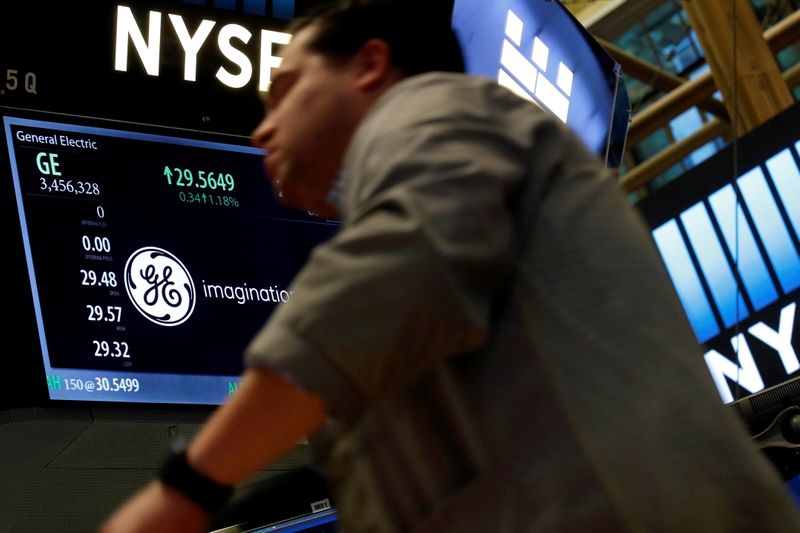This post was originally published on this site

Investing.com – The S&P 500 swung between gains and losses Wednesday, as tech struggled for direction after the Federal Reserve lifted interest rates for the second time this year.
The S&P 500 fell 0.2%, the Dow Jones Industrial Average gained 0.08%, or 26 points, the Nasdaq fell 0.7%.
Tech gave up gains as investor sentiment on the sector remained skittish after the Fed delivered a widely expected 50 basis points rate hike and said it would get its balance sheet reduction program underway in June.
“In support of these goals, the Committee decided to raise the target range for the federal funds rate to 3/4 to 1 percent and anticipates that ongoing increases in the target range will be appropriate,” the Fed said in a statement.
Advanced Micro Devices (NASDAQ:AMD) was a notable outperformer, rising more 4% after the chipmaker upgraded its full-year guidance after delivering a first-quarter beat on both the top and bottom lines.
“We’d note that this positive view comes despite AMD explicitly assuming a more pessimistic backdrop for PCs with overall market shipments now expected to dip 9%,” Wedbush said in a note.
On the earnings front, Lyft , Uber and Starbucks were among the names making headlines.
LYFT (NASDAQ:LYFT) fell more than 30% after the ride hailing company delivered softer guidance for the second quarter after reporting mixed first quarter results. The softer guidance was attributed to higher costs as Lyft said it would have to ramp-up spending to attract new drivers.
Uber Technologies (NYSE:UBER) delivered better-than-expected results, but fell more than 7% after flagging a $5.9 billion hit from losses on investments in Grab, Aurora, and Didi.
Starbucks (NASDAQ:SBUX), however, climbed more than 8% after the coffee chain reported a first-quarter results that topped analysts’ estimates, supported by strength in domestic same store sales.
Energy underpinned the intraday rebound as oil prices on fresh fears of supply disruptions after the European Union laid out plans to phase out imports of Russian oil.
In a sign that investor jitters remain front and center, however, defensive areas of the market including utilities and consumer staples of the market were in the ascendency.


